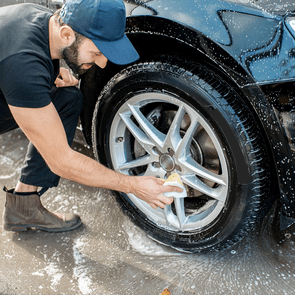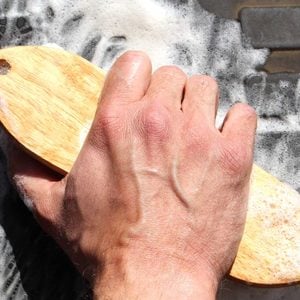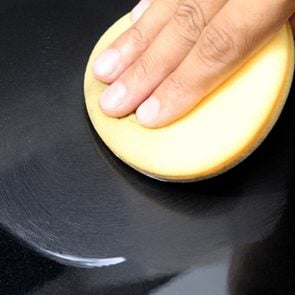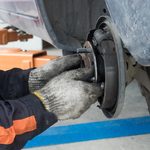What You Should Know About Car Wax
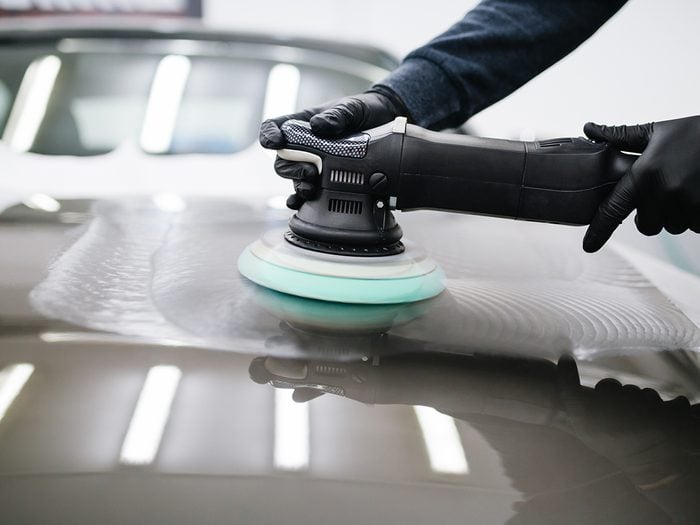
If you've never waxed your car before but are interested in giving it a try, here's what you need to know.
There are hundreds of car waxing products available, but ultimately they all have the same purpose: enhancing your car’s appearance and protecting its painted surfaces from the elements. For those who want to give their vehicles some extra shine beyond what factory applied paint and clear coat delivers, waxing is just the thing. You also may want to protect your car’s paint from the sun, rain and dirt. A properly applied coat of car wax can do both. Car wax can even help hide small scratches or blemishes in your car’s paint job. (Here’s advice on how to fix paint scratches yourself.)
What is car wax?
The term “car wax” can refer to paste or liquid products. Whether you’re applying wax for protection from the elements or to give your car extra shine and sparkle, all wax products fall into two categories: natural and synthetic.
Natural car wax
Most natural waxes are made from carnauba, a waxy substance harvested from the leaves of Brazil’s carnauba palm trees. Carnauba wax works on any car, but it’s especially recommended for dark-coloured vehicles because it enhances the shine of dark paint best. It offers lots of protection but wears out quickly; it needs to be re-applied every few months.
Synthetic waxes
Synthetic waxes are made of chemical polymers that bond together to form a protective coating. They’re made to bond with vehicle clear coat and paint, building up an extra layer of protection. They’re usually cheaper than natural wax, and don’t need to be re-applied as often. Also called paint sealant, synthetic waxes may be better for vehicle protection, but they won’t make your car nearly as shiny as carnauba wax.
Types of car wax
Natural and synthetic waxes are available in these three basic wax types:
Paste wax
Considered by many to be the gold standard of waxes, paste wax provides the most striking sheen of all car waxes. It takes longer to apply than other types, though, and needs to be reapplied more often.
Liquid wax
The new generation of serious car waxers often prefer liquid wax because it’s faster and easier to apply than paste, and it contains synthetic polymers for better bonding. Liquid wax dries fast (usually within a minute or two), making it trickier to apply than paste.
Spray wax
Most spray wax isn’t really designed for a full car waxing treatment, because it goes on thin and wears out fast. Spray wax works best for filling thin areas in your car’s existing wax layer, or for quick and precise detail work.
When to wax your car
Regardless of the type of wax you choose, make sure your car is perfectly clean and dry all over before starting. If you notice any rust spots, you’d be wise to repair and repaint them before waxing. Make sure your car is out of the elements, including direct sunlight, before you start.
Next, find out the best rust proofing options on the market.
